Rent-A-Port leads in green foresight
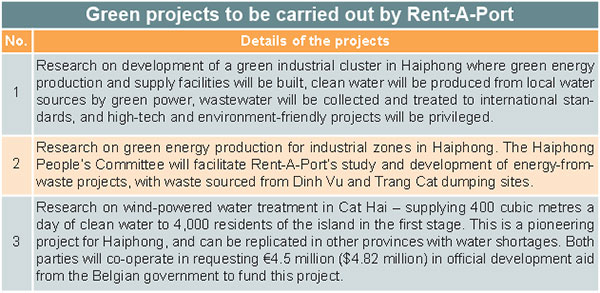 |
Earlier this month, Rent-A-Port’s subsidiary Rent-A-Port Green Energy inked a memorandum of understanding (MoU) with the Ministry of Agriculture and Rural Development (MARD) on wind and solar-driven micro-desalination, to solve the problems of salinisation in the rice fields of the Mekong Delta.
At first, the Belgian firm and MARD will set up five demonstration wind-powered water desalination plants with an investment of $15 million, capable of providing fresh water for at least 200 hectares of rice fields in five locations across the Mekong Delta. Each demo plant consists of two water production units, with a total combined peak capacity of 400 cubic metres per day. The salinity of the fresh water produced would be below 0.1 per cent, making it suitable for irrigation and even drinkable.
“We are expecting around 250 such plants to be built in the region, as a part of supporting Vietnam in improving rice production and the livelihoods of the region’s farmers. We are also willing to help Vietnam identify and seek the most suitable financing source for the development of such plants in the Mekong Delta,” Marc Stordiau, managing director of Rent-A-Port, said at the MoU signing ceremony.
Besides this project, the company is planning a series of projects aimed at providing green energy to parts of Haiphong and Quang Ninh, where the Deep C cluster is located.
“We hope to contribute to the community in which we operate. We are committed to a long-term business strategy in Vietnam, where Rent-A-Port will apply its core philosophy of sustainable development and environmental protection,” Stordiau added.
The Deep C cluster began with Dinh Vu Industrial Zone (DVIZ) on the Dinh Vu peninsula in the northern port city of Haiphong. From a deserted area mainly used for fishing, over the past 20 years, Dinh Vu peninsula has turned into a fully-functioning industrial zone with reliable state-of-the art utility systems. So far, DVIZ has drawn $3 billion in investment from 70 multinational companies, creating more than 10,000 jobs directly and 50,000 indirectly.
Thanks to the success of DVIZ – also known as Deep C I – the company has expanded to the south of Dinh Vu for Deep C II and Cat Hai Island for Deep C III. This last Deep C installation is located next to Lach Huyen Deep Sea Port, adding another 1,000ha of industrial land to Haiphong. The group is also currently expanding its base in the neighbouring province of Quang Ninh to 1,500-plus hectares. Together, all these developments will form the Deep C cluster of over 3,000ha in northern Vietnam.
According to Stordiau, Deep C III, whose construction is going to start by the end of this year, is planned to be Vietnam’s first eco-industrial zone.
Frank Wouters, general director of Dinh Vu Industrial Zone JSC, added that the company has started projects in green energy including wind-powered water desalination in Haiphong, pioneering solar energy in northern Vietnam, and waste-to-energy modules in Dinh Vu and Uong Bi. It is also considering developing inland waterway ports in Haiphong and the northern province of Hai Duong, which would divert truck deliveries to a safer and more ecological route by sea.
Subsidiary Rent-A-Port Green Energy’s management was the driving force behind the pioneering C-Power “far-shore” wind farm in the North Sea. This was the first time that wind turbines were built so far offshore – 30 kilometres off the coast. According to Wouters, Deep C Power – the twin of C-Power – will soon come to Haiphong.
Rent-A-Port has also helped Vietnam get greener in more visible ways. In August 2016, the group worked with the Quang Ninh People’s Committee on a project to clean Halong Bay. The project, with the estimated cost of $125 million, which will last from 2017 to 2026, will collect and treat waste on the bay and from the cruises operating there.
What the stars mean:
★ Poor ★ ★ Promising ★★★ Good ★★★★ Very good ★★★★★ Exceptional
Latest News
More News
- Revised national energy plan prioritises renewables and grid upgrades (April 21, 2025 | 16:44)
- 200 enterprises set to participate in pilot carbon market (April 18, 2025 | 17:35)
- Vietnam’s 'Green Revolution' - from policy to practice (April 18, 2025 | 17:21)
- Strengthen public-private partnership for innovation and sustainability (April 18, 2025 | 12:21)
- Innovation-driven solutions key to Vietnam’s energy transition (April 18, 2025 | 11:37)
- Vietnam’s green rise ensures a just transition for everyone (April 18, 2025 | 10:57)
- France committed to support in digital and energy transition (April 18, 2025 | 10:24)
- P4G to award $4.7 million to 17 new partnerships to scale innovative climate solutions (April 17, 2025 | 12:00)
- Attaining climate justice with climate finance goals (April 17, 2025 | 11:59)
- Green capital: a strategy for sustainable development (April 17, 2025 | 11:50)



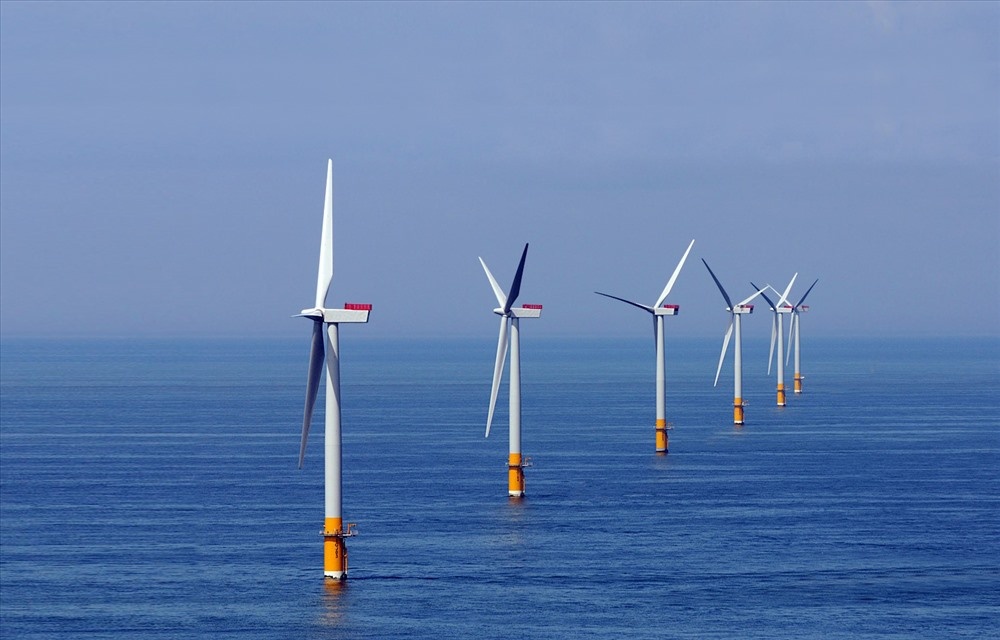
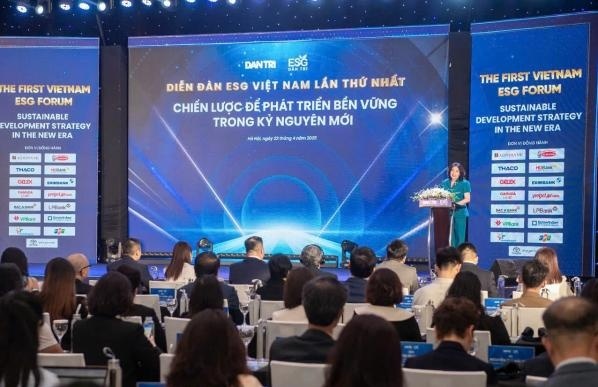
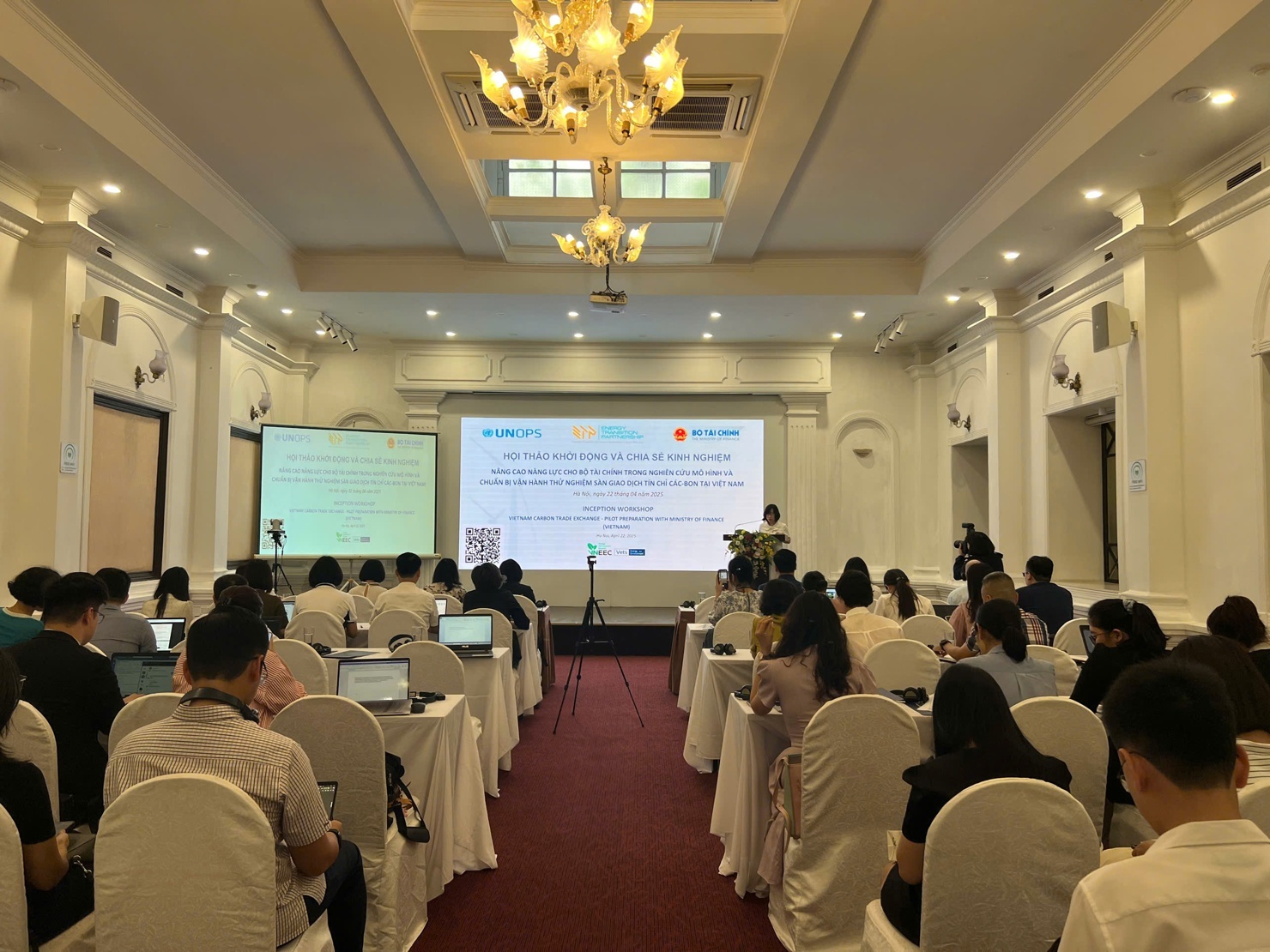
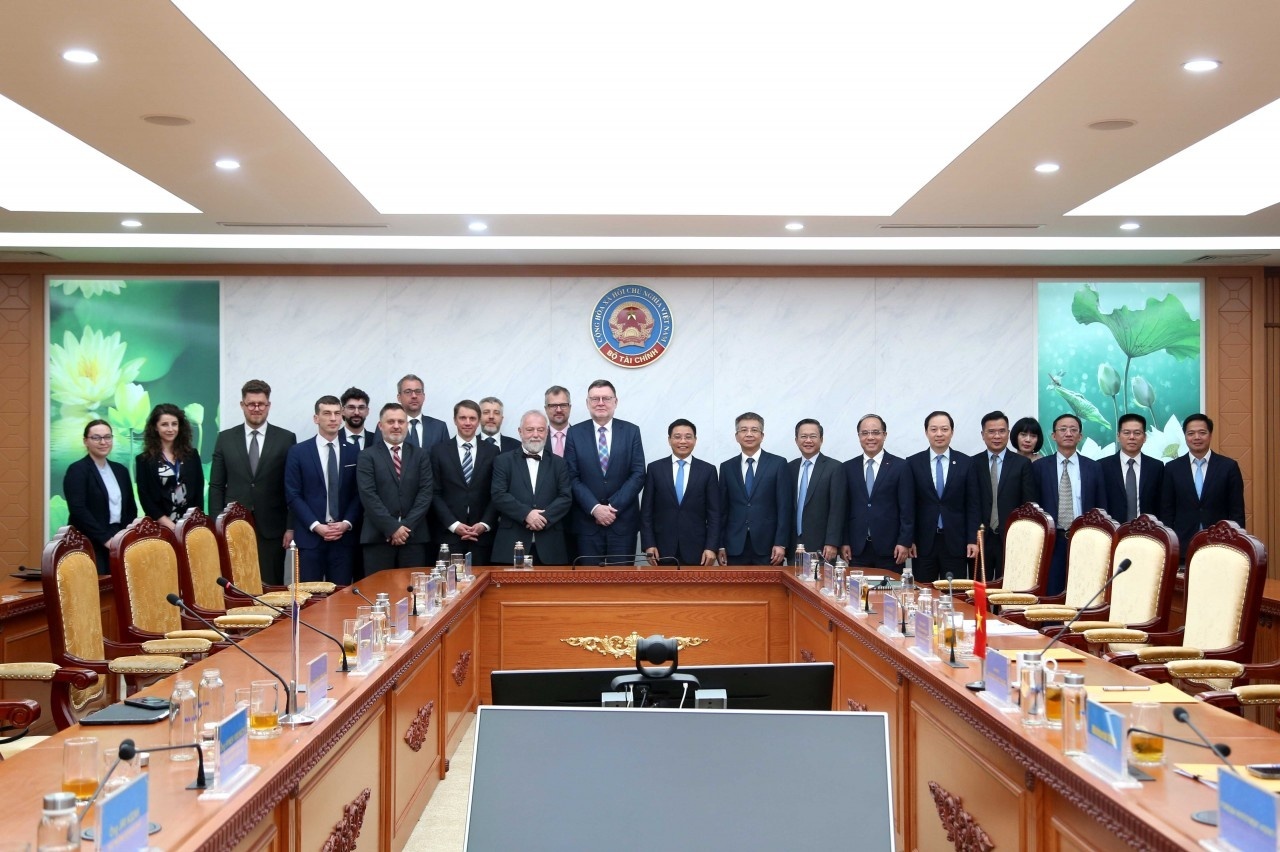
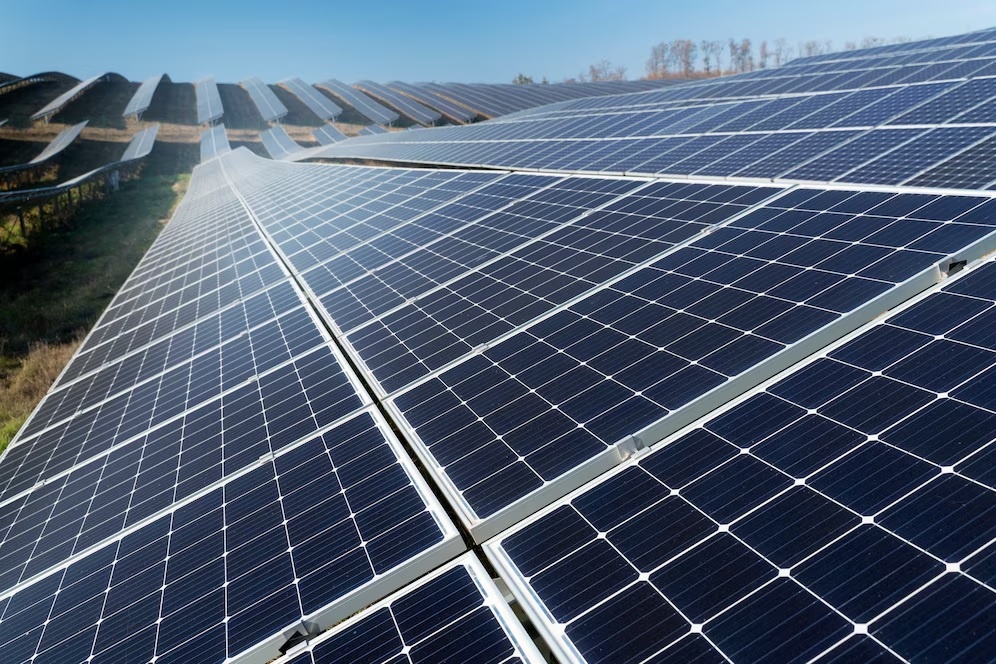




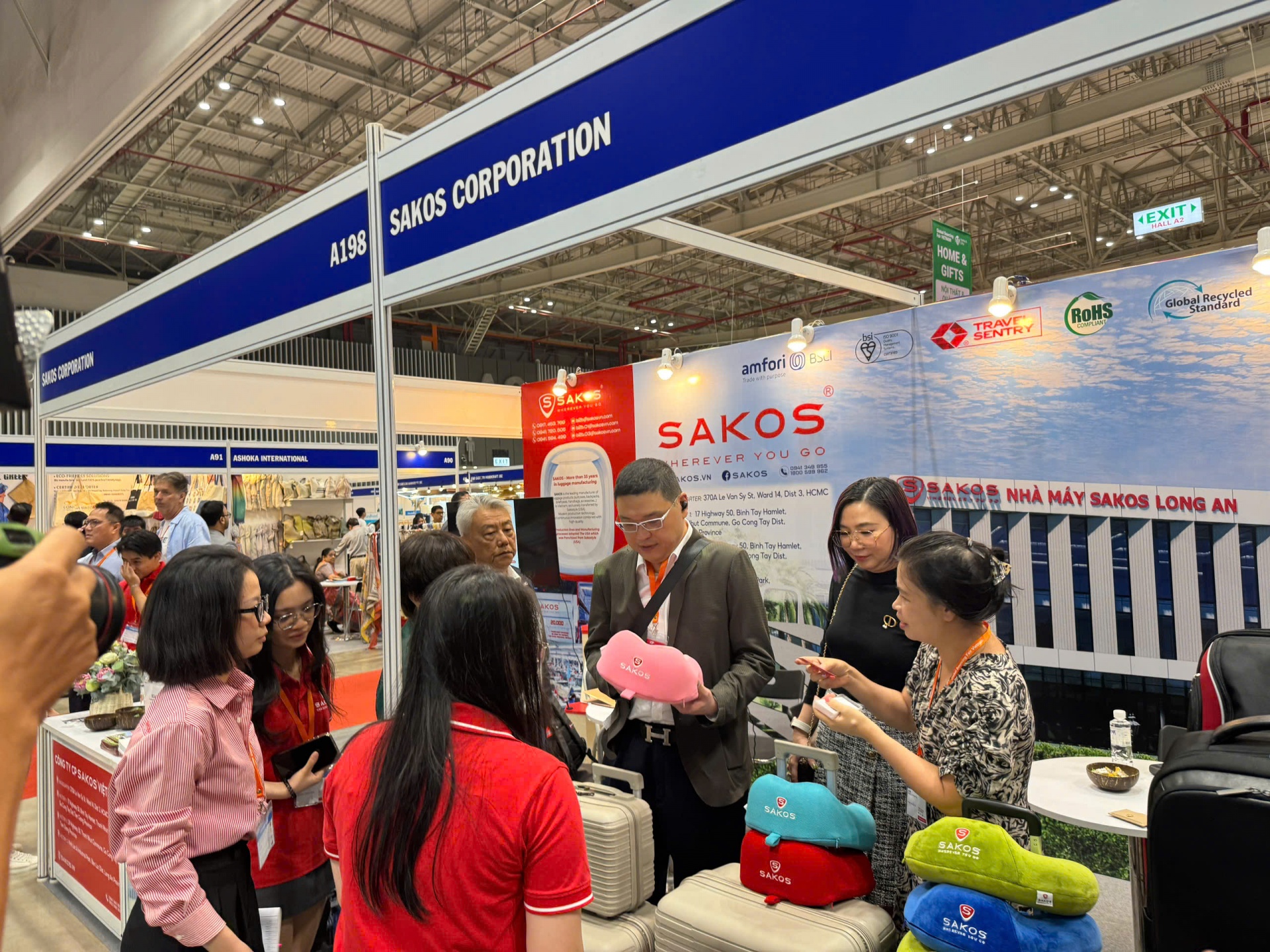
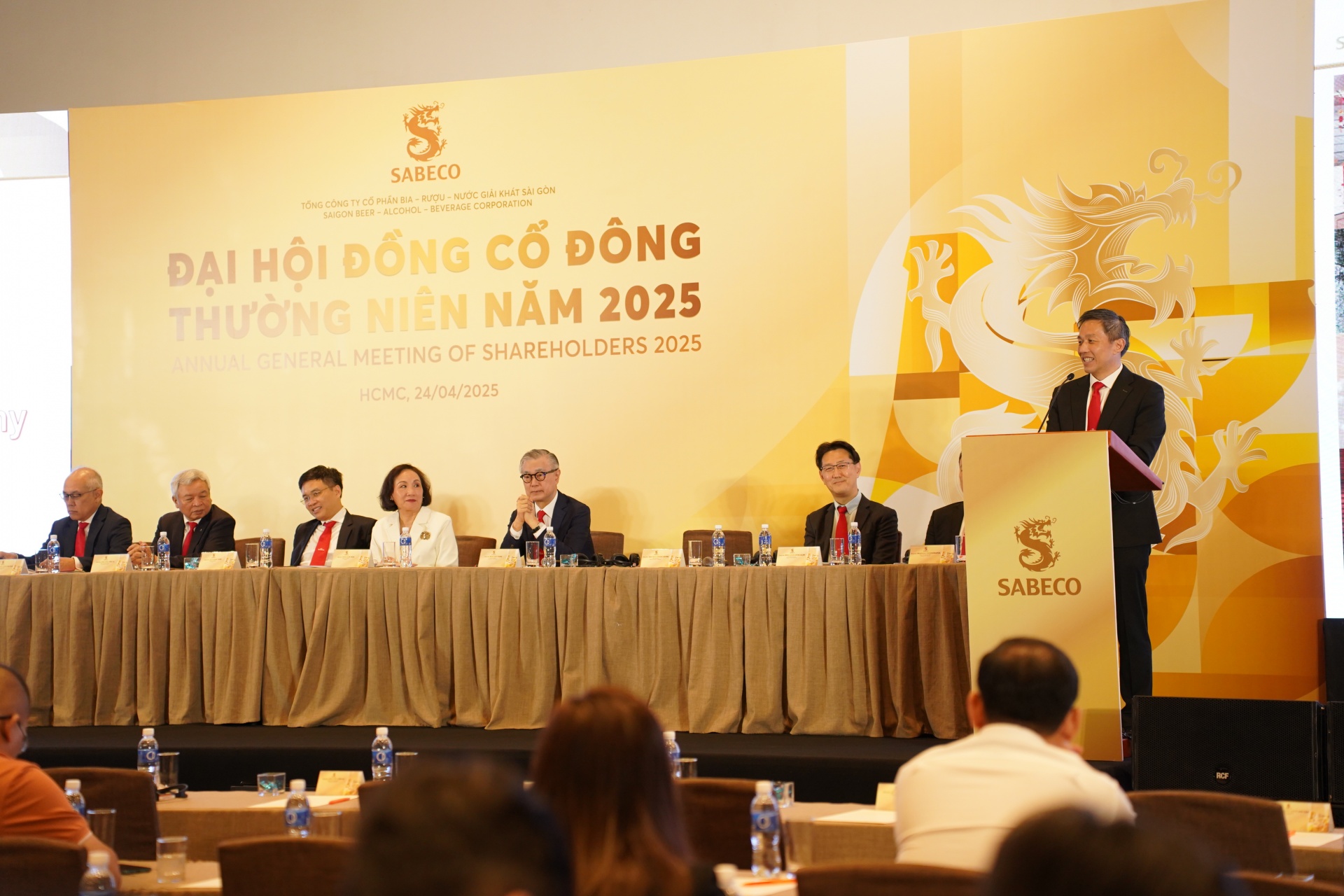



 Mobile Version
Mobile Version